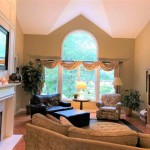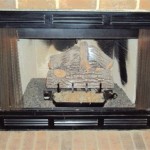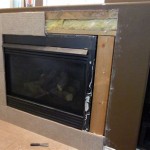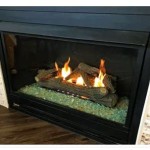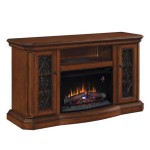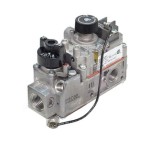Understanding the Essential Aspects of In Wall Gas Fireplace Depth
Incorporating an in wall gas fireplace into your home can elevate the ambiance and warmth of any room. However, determining the appropriate depth of the fireplace is crucial to ensure a seamless installation and optimal performance. Here are some essential aspects to consider when selecting the depth of your in wall gas fireplace:
1. Available Space
The available space within your wall cavity determines the maximum depth of the fireplace you can install. Measure the depth from the finished wall surface to the back of the studs. Subtract any obstructions, such as electrical lines or plumbing pipes, to determine the clear depth available for the fireplace.
2. Fireplace Size and Heat Output
The size of the fireplace you choose influences its depth. Larger fireplaces typically require a greater depth to accommodate the burner, firebox, and necessary clearances. Consider the desired output of the fireplace and the size of the room to determine an appropriate depth that provides sufficient heat.
3. Framing Requirements
The depth of the fireplace also affects the framing requirements. Deeper fireplaces may require additional framing support to ensure stability and prevent any bowing or sagging. Consult with a qualified contractor to determine the necessary framing modifications for the chosen depth.
4. Vent Type
The type of vent you select for the fireplace (direct vent or ventless) impacts the depth of the installation. Direct vent fireplaces require a vent pipe that runs through the wall or roof, adding to the overall depth of the installation. Ventless fireplaces do not require a vent pipe, making them suitable for shallower installations.
5. Wall Thickness
The thickness of the wall where the fireplace will be installed is another factor to consider. Thicker walls provide more space for a deeper fireplace, while thinner walls may necessitate a shallower depth or require modifications to accommodate the installation.
6. Clearance Requirements
Maintaining proper clearances around the fireplace is essential for safety and performance. Building codes and the manufacturer's specifications outline minimum clearances from combustible materials, which influence the overall depth of the installation.
7. Professional Installation
It is highly recommended to entrust the installation of your in wall gas fireplace to a licensed and experienced professional. They possess the knowledge and expertise to determine the appropriate depth based on all the aforementioned factors and ensure a safe and efficient installation.
Conclusion
Determining the depth of your in wall gas fireplace is a critical step in the installation process. By considering the available space, fireplace size, framing requirements, vent type, wall thickness, clearance requirements, and seeking professional guidance, you can ensure an optimal installation that complements your home's ambiance and provides years of warmth and enjoyment.

Napoleon Gdi44 Gas Insert Fireplacepro Fireplace Dimensions Vented

The Proper Way To Measure Dimensions Of A Fireplace

Studio Slimline Gas Fires

Wall Inset Gas Fire Eko8020 Remote Controlled Gasworks Ie

4415 High Output Deluxe Made In America Fireplace Xtrordinair

Linear Premium Gas Fireplaces Made In America Fireplace Xtrordinair

Pureglow Carmen Hole In The Wall Gas Fire Flames Co

Hole In The Wall Installation Guide Direct Fireplaces

What Size Gas Fireplace Do You Need Regency

Fireplace Gas Corner Dimensions
Related Posts

